T4K3.news
Alaska Summit Tests US Russia Ties
A historic Alaska meeting between Trump and Putin places diplomacy under a historical lens as both sides weigh moves on Ukraine
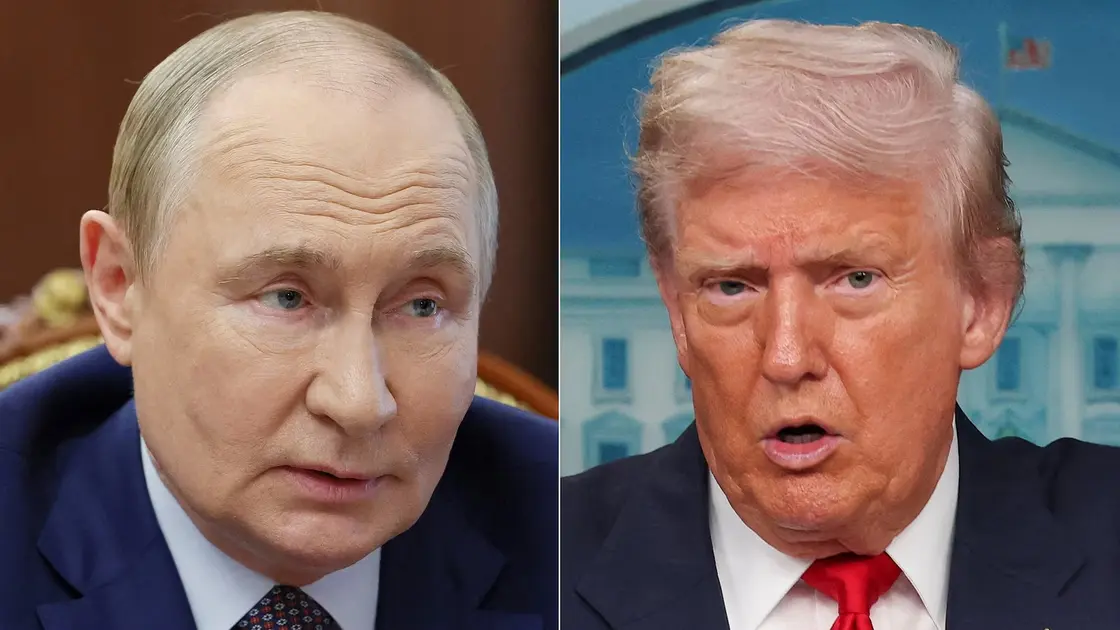
Experts view the Alaska meeting between Trump and Putin as a test of diplomacy shaped by a long history between the two nations.
Alaska Summit Tests US Russia Ties
The Alaska meeting between Donald Trump and Vladimir Putin comes with a backdrop that stretches beyond a single agenda item. Historians note that Alaska’s 1867 purchase from Russia remains a reminder that geography and power carry meaning in diplomatic talks, even as the leaders discuss Moscow’s war in Ukraine. The article recalls how Russia first offered to sell Alaska in 1859, a proposal that sparked debate in the United States and fueled headlines that some called Seward’s Folly before the transfer was completed later that year.
Observers describe the summit as a mix of signal making and search for footing on urgent issues. While policy outcomes are uncertain, the location invites careful messaging about long term ties and the memory of past deals. The piece underscores that historical context can shape modern diplomacy, but it also warns that overreliance on history risks overshadowing the current conflict and the real choices leaders must face today.
Key Takeaways
"There’s a history behind a lot of what’s happening not only in this Russian-American relationship but also this war."
Historian explains why history matters in current talks
"beg the United States please buy this ice box"
Russia's appeal to purchase Alaska described in the piece
"Americans turned out to be incredibly lucky by purchasing the so-called ice box"
Assessment of the Alaska purchase in hindsight
"It was actually a very good deal for the United States"
Final assessment of the Alaska purchase
History becomes a tool here, shaping how audiences frame the talks and how negotiators frame their concessions. The Alaska site adds symbolic weight to a high-stakes discussion about Ukraine, while reminding readers that past bargains can constrain or embolden present diplomacy. Yet the piece also signals a risk: letting nostalgia stand in for concrete policy could dull scrutiny of live policy levers. Diplomats and journalists alike should separate memory from mandate, using history to illuminate rather than fossilize the negotiating posture.
In a polarized climate, clear context matters. The article hints that informed coverage can temper sensationalism and offer a steadier read on what the summit might actually achieve, even as it notes that public reaction can speed up or stall diplomatic moves. The historical lens is valuable, but it should serve scrutiny, not nostalgia.
Highlights
- There’s a history behind a lot of what’s happening in this relationship
- beg the United States please buy this ice box
- Americans turned out to be incredibly lucky by purchasing the ice box
- It was actually a very good deal for the United States
Diplomatic sensitivity around a high level US Russia meeting
The article centers on a high profile, politically sensitive summit between US and Russian leaders. This could trigger domestic backlash or influence public reaction to foreign policy amid ongoing tensions over Ukraine, requiring careful framing and verification of historical claims.
History can guide today’s choices, but real diplomacy happens in the here and now.
Enjoyed this? Let your friends know!
Related News
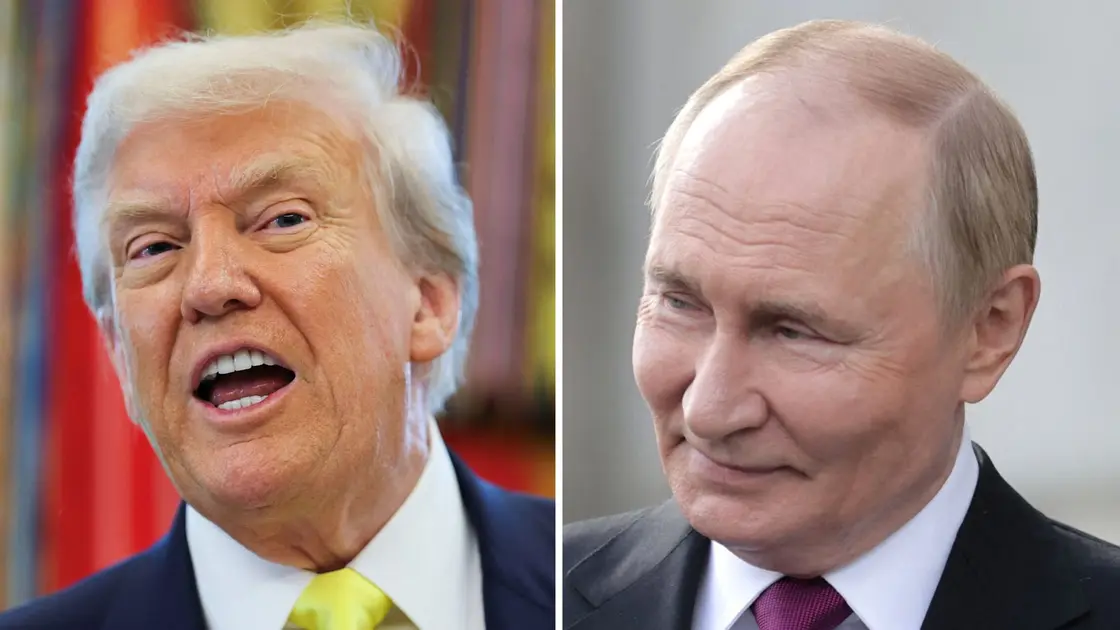
Sanctions relief tied to Trump meeting
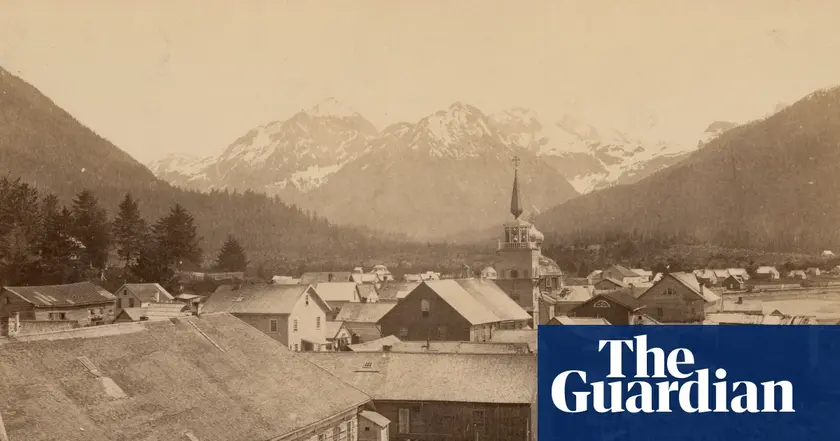
Putin Trump summit backdrop
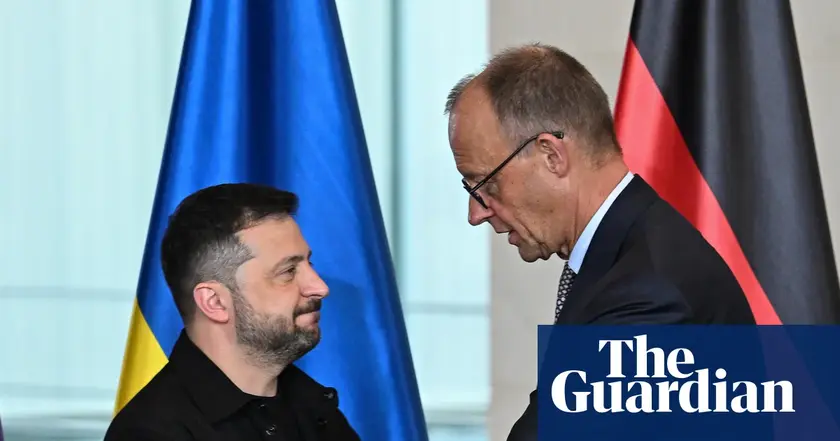
Trump reassures Europe on Ukraine talks
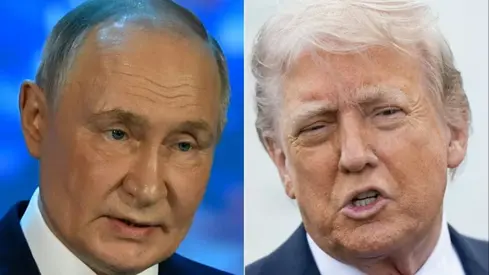
Trump Putin discuss economic co operation in Alaska summit
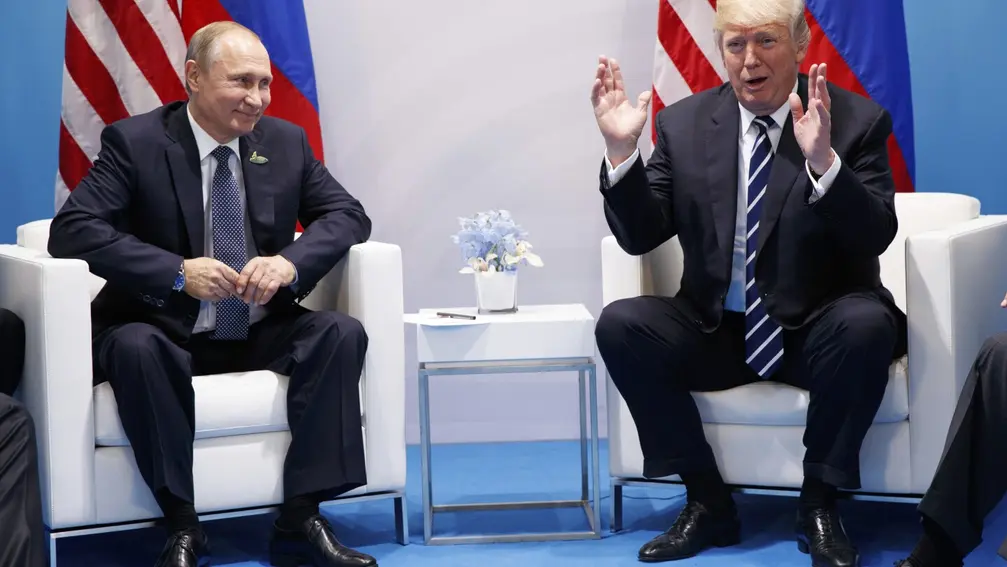
Trump Putin Alaska meeting stirs Ukraine war context

Europe to fund Ukraine defense continues

Anchorage braces for Trump Putin summit
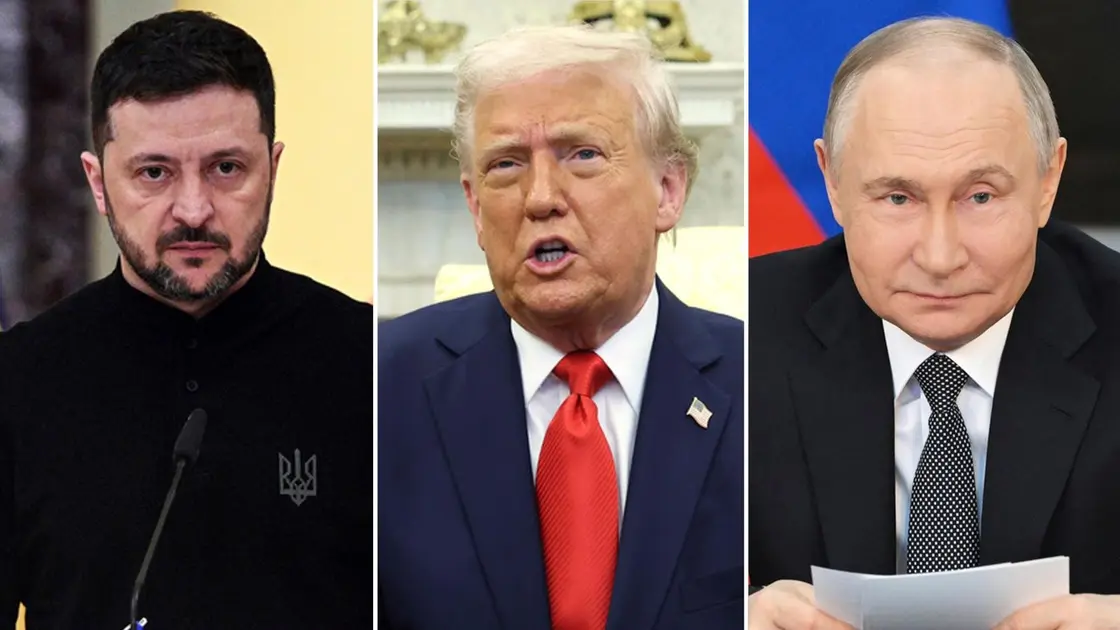
Zelenskyy invited to Alaska talks considered
